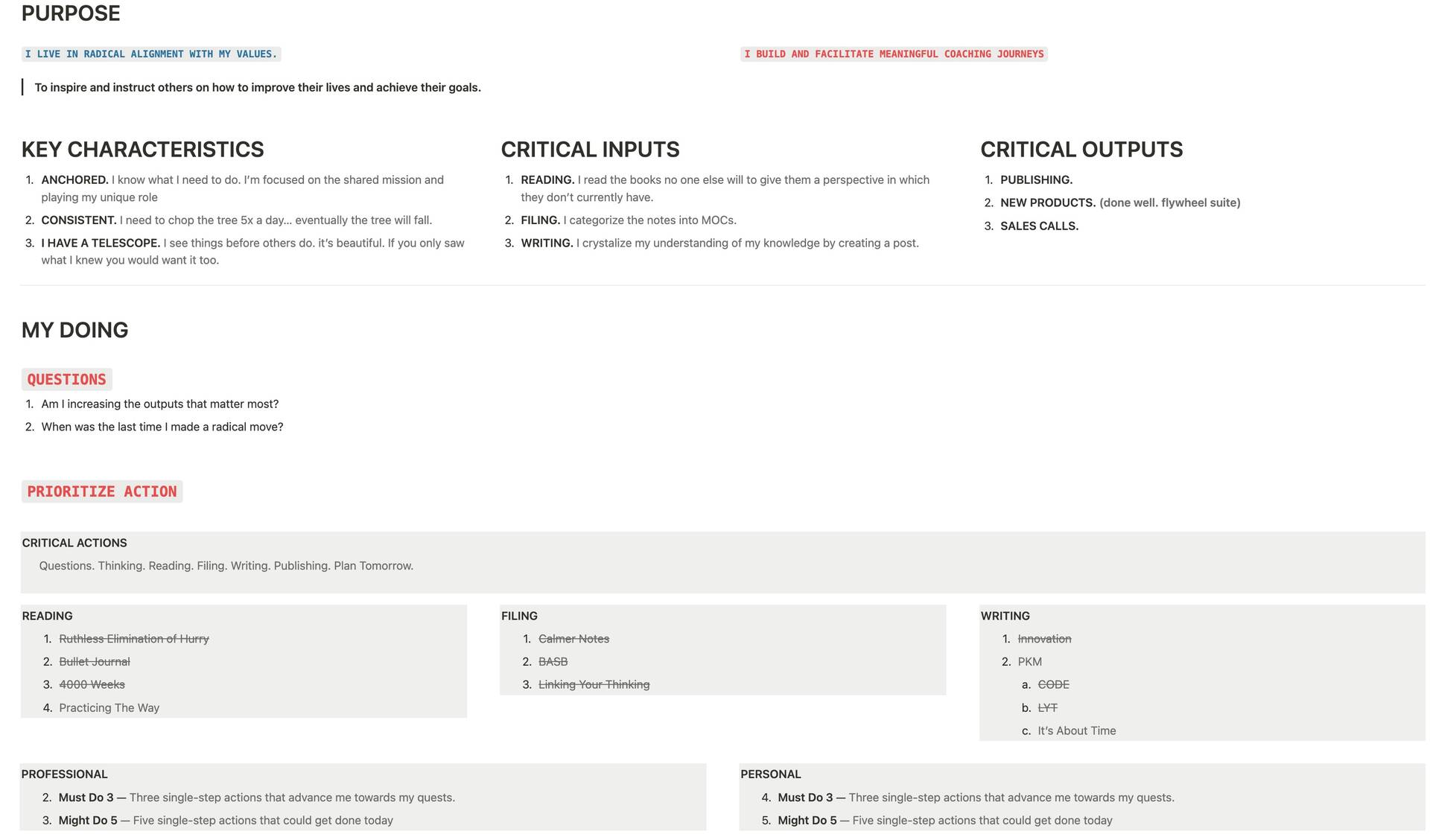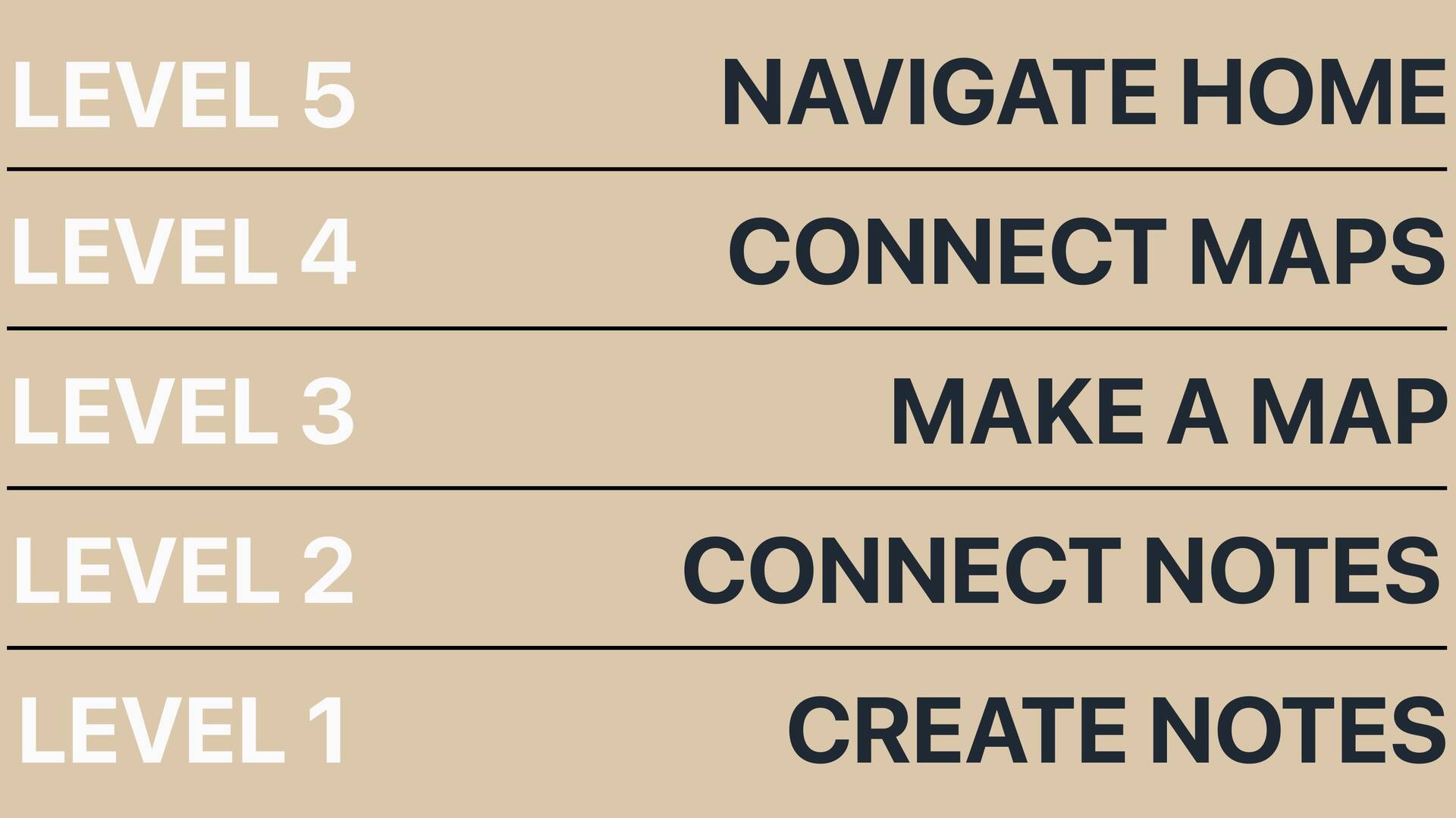New Thinking —> New Actions —> Better Outcomes
A change in thinking leads to a change in actions. By implementing a new set of actions, significant differences in outcomes can be achieved.
Therefore: we can infer that a shift in mindset can be considered as the initial catalyst, the fundamental habit, that paves the way towards your desired life. Right?
“There are these two young fish swimming along
And they happen to meet an older fish swimming the other way
Who nods at them and says
"Morning, boys. How's the water?"
And the two young fish swim on for a bit
And then eventually one of them looks over at the other and goes
"What the hell is water?"”
Water. The world we live in. The things in life are so obvious that we never even think to question them.
- The roles we take on
- The environment around us
- The habits that are on automatic
- The way we see ourselves and think about ourselves when we're by ourselves — our thought life
- The things we think we want in life: our goals. For example, wanting to make $1,000,000. Why $1,000,000? Why not $642,800? Where did you get that number? Is that your number or a number that fake gurus online are suggesting you should aim for?
This is water. And for most of us, we never pause long enough to question it.
So to answer the question, no, I don't think you can have a change in thinking without a significant change in your inputs.
- What are you reading?
- What are you listening to?
- Who are you surrounding yourself with?
Are your inputs aligned with the outcomes you want to achieve in life?
WHY IT MATTERS: The significance of a home note, our highest level in our idea emergence series, is choose what kind of water you’re swimming in.
GO DEEPER: Let's think about it. What should you give your attention to?
If your inputs —> thinking —> actions —> outcomes
What should change?
Remember,
- Encounter information: These are the things I come across.
- Take Notes: These are the things I want to save.
- Connect Notes: Link these notes with other notes.
- Organize the Connected Notes in a Map of Content: Determine where these notes fit in my MOCs.
- Develop Maps: Dive deeper to improve the MOC.
- Connect related MOCs together.
- So that we can ultimately express the MOC: Create output based on these MOCs.
All of this is driven by - the things that will drive you to encounter things and how you will perceive them. These are primers that influence how you see the world
We have to be intentional in shaping the water we swim in.
ACTION STEP
In your home note, which is the top layer and the first note you encounter before diving into your "library," we can be intentional on how we're going to spend our time.
Remind yourself: if you want a new way of thinking,
- What should you be reading?
- What MOCs (Maps of Content) should you be developing?
- Where should you be investing your attention?
My Current Home Note Example:

Use the home note as a reminder to pause and question the automatic, allowing for intentional actions instead.
The home note can serve as the wise old fish.
more tomorrow,
Hunter
